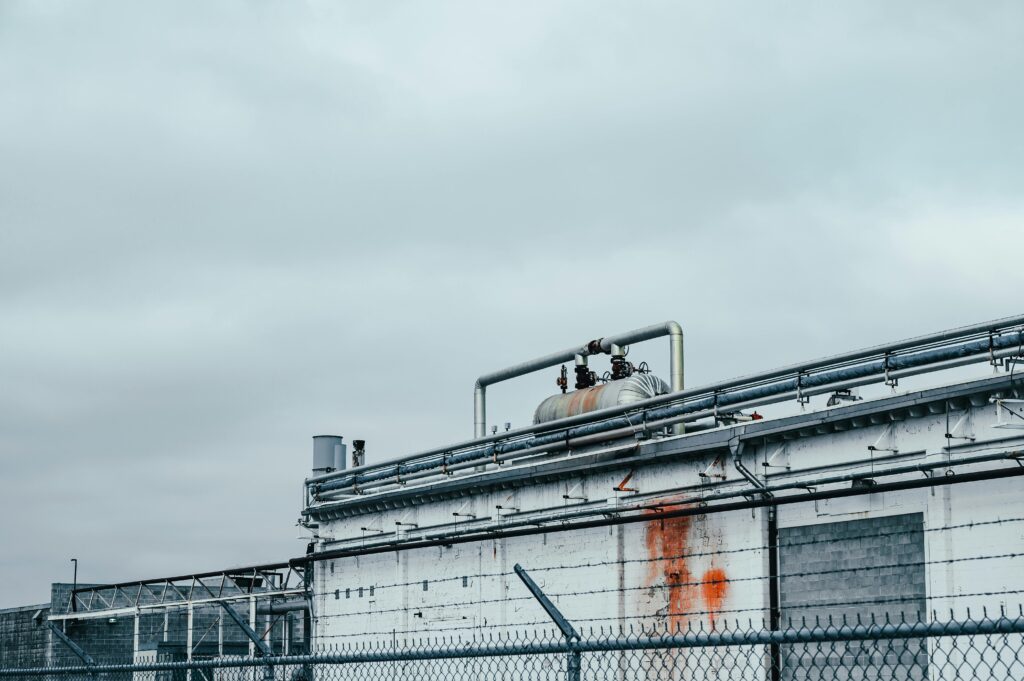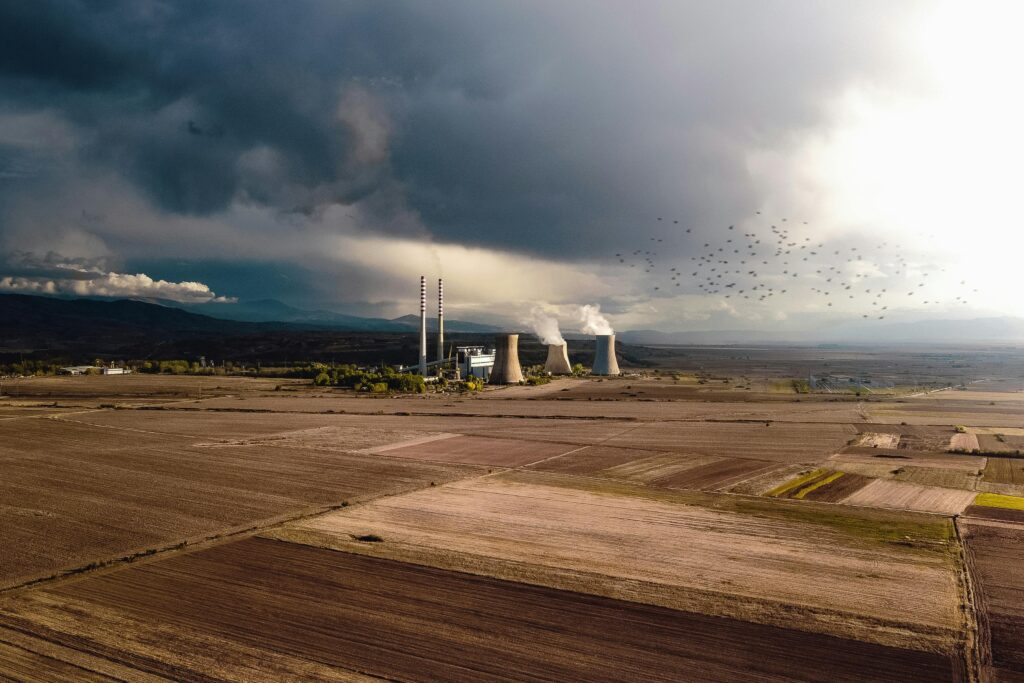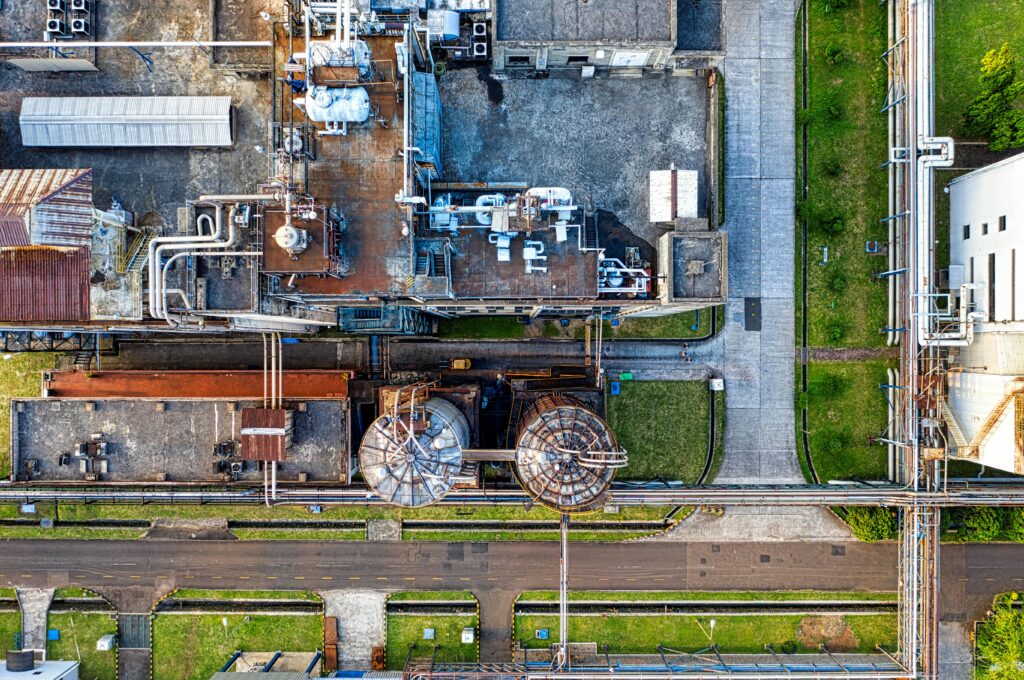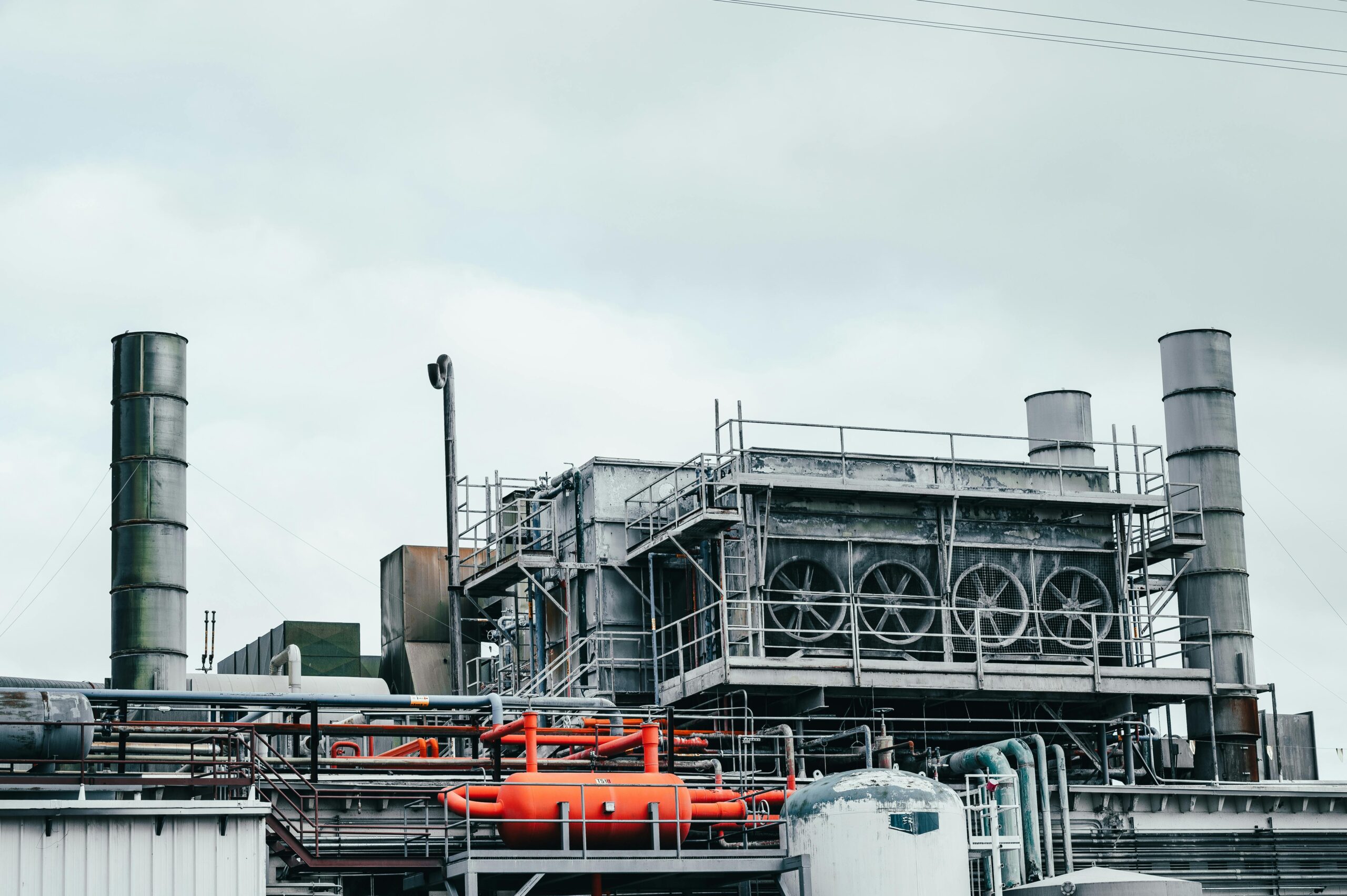Introduction
The Fremont Landfill and Resource Recovery Facility stands as a beacon of modern waste management and environmental sustainability. Situated in the heart of Fremont, this facility is not just a landfill but a comprehensive resource recovery center dedicated to minimizing waste and promoting recycling and composting. In this guide, we’ll take an in-depth look at the various aspects of the Fremont Landfill, from its history and services to its future plans and community impact.
History of the Fremont Landfill
The Fremont Landfill has a rich history that dates back several decades. Initially established to address the growing waste disposal needs of the Fremont community, the facility has evolved significantly over the years. Key milestones include the introduction of advanced sorting technologies, the expansion of recycling programs, and the development of composting initiatives. These advancements have transformed the landfill into a state-of-the-art resource recovery facility that plays a crucial role in the region’s waste management efforts.
Facility Overview
Located on the outskirts of Fremont, the landfill spans a considerable area, accommodating various waste management operations. The facility’s infrastructure includes dedicated zones for waste collection, sorting, recycling, composting, and hazardous waste disposal. The layout is designed to ensure efficient processing and minimal environmental impact, with separate areas for different types of waste to streamline the recovery process.
Waste Management Services
The Fremont Landfill accepts a wide range of waste materials, including household waste, construction debris, yard waste, and certain types of hazardous waste. Upon arrival, waste is meticulously sorted to separate recyclable and compostable materials from non-recyclable waste. This sorting process is crucial for maximizing resource recovery and reducing the amount of waste that ultimately ends up in the landfill.
Recycling Programs
Recycling is a pivotal component of the Fremont Landfill and Resource Recovery Facility’s operations. Through robust recycling programs, the facility aims to minimize waste, conserve natural resources, and foster a culture of sustainability within the community. Here’s an in-depth look at the various aspects of these programs.
Types of Recyclable Materials
The Fremont Landfill accepts a wide array of recyclable materials. This includes common household items like paper, cardboard, plastics, glass, and metals. Each type of material undergoes specific processing to ensure it can be reused or repurposed efficiently. For example, plastics are sorted by type and color before being shredded and melted down, while metals are separated and smelted for reuse.
Sorting and Processing
Upon arrival at the facility, recyclable materials are sorted using a combination of manual and automated processes. Advanced sorting technologies, such as optical scanners and magnetic separators, play a crucial role in identifying and segregating different types of recyclables. This ensures high accuracy in the sorting process, which is essential for maintaining the quality and purity of the recycled materials.
Benefits of Recycling
Recycling offers numerous environmental and economic benefits. By diverting waste from landfills, the Fremont Landfill reduces the amount of waste that needs to be managed, conserving valuable landfill space. Recycling also conserves natural resources by reducing the demand for raw materials. For instance, recycling paper reduces the need for deforestation, while recycling metals reduces the need for mining.
Environmental Impact
The environmental impact of the Fremont Landfill’s recycling programs is significant. Recycling reduces greenhouse gas emissions by lowering the energy required to produce new materials from scratch. For example, recycling aluminum saves up to 95% of the energy needed to create new aluminum from raw ore. This reduction in energy consumption directly translates to fewer carbon emissions, contributing to the fight against climate change.

Economic Contributions
The economic benefits of recycling are substantial. The recycling industry generates revenue through the sale of processed recyclable materials, which can be used to fund further improvements and expansions of the recycling programs. Additionally, the industry creates jobs in various sectors, including collection, sorting, processing, and manufacturing of recycled products. This economic activity supports local communities and contributes to overall economic growth.
Community Involvement
Community involvement is crucial for the success of recycling programs. The Fremont Landfill actively engages with the community through educational initiatives and public awareness campaigns. These efforts aim to inform residents about the importance of recycling, proper sorting techniques, and the positive impact of their participation. By fostering a community-wide commitment to recycling, the facility enhances the effectiveness and reach of its programs.
Recycling Drop-Off Centers
In addition to curbside recycling, the Fremont Landfill operates several recycling drop-off centers throughout the region. These centers provide convenient locations for residents to dispose of their recyclables, especially items that may not be collected curbside, such as electronic waste and large metal objects. The drop-off centers are equipped to handle a variety of materials, ensuring that more recyclables are diverted from the landfill.
Special Recycling Programs
The facility also offers special recycling programs for specific types of waste, such as electronic waste (e-waste) and hazardous materials. E-waste recycling is particularly important due to the presence of toxic substances in electronic devices. The Fremont Landfill ensures that these materials are processed safely, recovering valuable components and preventing environmental contamination.
Challenges in Recycling
Despite the many benefits, recycling programs face several challenges. Contamination of recyclables is a significant issue, as improper sorting can render entire batches of materials non-recyclable. The Fremont Landfill addresses this challenge through rigorous sorting processes and ongoing public education to reduce contamination rates. Another challenge is the fluctuating market demand for recycled materials, which can impact the economic viability of recycling programs.
Innovative Solutions
To overcome these challenges, the Fremont Landfill continually seeks innovative solutions. The facility invests in advanced sorting technologies and partners with research institutions to develop new recycling methods. By staying at the forefront of technological advancements, the landfill enhances its ability to process a broader range of materials and improve the efficiency of its recycling operations.
Future of Recycling at Fremont Landfill
The future of recycling at the Fremont Landfill looks promising. Plans for expansion include increasing the capacity of existing recycling facilities and introducing new technologies to process a wider variety of materials. The facility also aims to expand its educational programs, fostering a deeper understanding and commitment to recycling within the community.
Composting Initiatives
Organic waste, such as food scraps and yard trimmings, is processed through the facility’s composting program. This organic material is transformed into nutrient-rich compost, which is then used to enrich soil in gardens, farms, and landscaping projects. Composting not only reduces the volume of waste sent to the landfill but also returns valuable nutrients to the earth, promoting sustainable agriculture and gardening practices.
Hazardous Waste Disposal
The safe handling and disposal of hazardous waste is a critical aspect of the Fremont Landfill’s operations. The facility is equipped to manage various hazardous materials, including batteries, chemicals, and electronic waste. Strict safety measures are in place to protect workers and the environment, ensuring that hazardous waste is processed and disposed of in accordance with regulatory standards.
Environmental Impact and Sustainability Efforts
Reducing the environmental footprint of the landfill is a top priority. The facility employs a range of technologies to minimize emissions, manage leachate, and control odors. By implementing advanced waste treatment processes and investing in renewable energy projects, the Fremont Landfill is committed to sustainability and environmental stewardship.
Community Engagement and Education
The Fremont Landfill actively engages with the community through public awareness programs and educational initiatives. The facility offers tours and workshops to educate residents about waste management, recycling, and composting. By fostering a culture of environmental responsibility, the landfill helps the community make informed decisions about waste disposal and resource recovery.
Innovative Technologies in Waste Management
Innovation is at the heart of the Fremont Landfill’s approach to waste management. The facility utilizes cutting-edge technologies for sorting and recycling, such as automated sorting systems and advanced material recovery facilities. These technologies enhance efficiency and accuracy in waste processing, paving the way for future developments in the field.

Challenges and Solutions in Waste Management
Waste management is not without its challenges. Common issues include contamination of recyclables, managing hazardous waste, and maintaining regulatory compliance. The Fremont Landfill addresses these challenges through continuous improvement and strategic planning, ensuring that the facility operates safely and efficiently while adapting to changing waste management needs.
Regulations and Compliance
Ensuring that the Fremont Landfill and Resource Recovery Facility operates within the framework of local, state, and federal regulations is a critical aspect of its operations. Compliance with these regulations safeguards public health, protects the environment, and ensures that the facility can continue to provide essential waste management services effectively and sustainably.
Local Regulations
At the local level, the Fremont Landfill must adhere to ordinances and guidelines set forth by municipal authorities. These regulations cover various aspects of landfill operations, including waste collection schedules, acceptable materials, and noise and odor control. Compliance with local regulations ensures that the facility operates harmoniously within the community, minimizing disruptions and maintaining public trust.
State Regulations
State regulations provide a more comprehensive framework for waste management practices. In California, the Fremont Landfill must comply with the California Integrated Waste Management Act, which mandates waste diversion goals, recycling requirements, and landfill management standards. The state also enforces strict regulations on air quality, water quality, and hazardous waste management, requiring the landfill to implement measures that mitigate environmental impacts.
Federal Regulations
Federal regulations set nationwide standards for waste management and environmental protection. Key federal laws governing landfill operations include the Resource Conservation and Recovery Act (RCRA) and the Clean Air Act (CAA). The RCRA regulates the disposal of solid and hazardous waste, ensuring that waste management practices do not harm human health or the environment. The CAA mandates air quality standards, requiring the landfill to control emissions and monitor air pollutants.
Permitting Process
Operating a landfill requires obtaining various permits from regulatory agencies. These permits outline specific conditions and requirements that the Fremont Landfill must meet to remain compliant. The permitting process involves rigorous reviews and assessments, ensuring that the facility’s operations align with regulatory standards. Permits must be regularly renewed, and any changes to operations typically require approval from the relevant authorities.
Monitoring and Reporting
Continuous monitoring and reporting are essential for maintaining compliance. The Fremont Landfill employs advanced monitoring systems to track environmental indicators such as air quality, water quality, and leachate management. Regular reporting to regulatory agencies provides transparency and accountability, demonstrating the facility’s commitment to regulatory compliance and environmental stewardship.

Environmental Impact Assessments
Before any significant expansion or modification of the landfill, environmental impact assessments (EIAs) are conducted. EIAs evaluate the potential effects of proposed changes on the environment and public health. These assessments inform decision-making processes and ensure that any new developments adhere to stringent environmental standards.
Leachate Management
Leachate, the liquid that percolates through the landfill, can pose significant environmental risks if not properly managed. Regulations require the Fremont Landfill to implement comprehensive leachate management systems, including collection, treatment, and disposal processes. These systems prevent leachate from contaminating soil and groundwater, protecting local ecosystems and water supplies.
Emissions Control
Air quality regulations mandate the control of emissions from landfill operations. The Fremont Landfill employs various technologies to capture and treat landfill gas, a byproduct of waste decomposition that contains methane and other volatile organic compounds. By converting landfill gas into energy or flaring it off safely, the facility reduces greenhouse gas emissions and complies with air quality standards.
Hazardous Waste Management
Handling hazardous waste requires adherence to strict regulations to prevent environmental contamination and protect human health. The Fremont Landfill follows specific protocols for the collection, storage, and disposal of hazardous materials. Staff receive specialized training to handle hazardous waste safely, and the facility maintains emergency response plans to address any incidents.
Regular Inspections
Regulatory agencies conduct regular inspections of the Fremont Landfill to ensure compliance with all applicable regulations. These inspections assess various aspects of the landfill’s operations, including waste handling practices, environmental monitoring systems, and safety protocols. Any identified non-compliance issues must be promptly addressed to maintain the facility’s operating permits.
Public Health and Safety
Ensuring public health and safety is a primary goal of regulatory compliance. By adhering to regulations, the Fremont Landfill minimizes risks associated with waste management, such as exposure to hazardous materials and environmental pollution. The facility’s commitment to compliance helps protect the well-being of the community and the environment.
Community Involvement in Compliance
Engaging the community in compliance efforts is an important aspect of the Fremont Landfill’s operations. The facility provides transparent information about its regulatory compliance and encourages public participation in environmental monitoring programs. This collaborative approach fosters trust and ensures that the landfill’s operations align with community values and expectations.
Economic Impact of the Facility
The Fremont Landfill and Resource Recovery Facility significantly contributes to the local economy in multiple ways, providing a range of economic benefits that extend well beyond its primary function of waste management.

Job Creation
One of the most immediate economic impacts of the Fremont Landfill is job creation. The facility employs a substantial number of individuals across various roles, including waste collectors, sorters, recycling technicians, and administrative staff. These jobs provide stable employment opportunities for residents, contributing to the overall economic stability of the region. Additionally, the facility indirectly supports numerous jobs in related industries, such as transportation, equipment maintenance, and environmental consulting.
Support for Local Businesses
The operations at the Fremont Landfill create a ripple effect that benefits local businesses. For instance, companies involved in the production and supply of recycling and composting equipment often find a steady market in the facility. Furthermore, local businesses that produce recyclable materials benefit from the landfill’s recycling programs, which provide a reliable means of waste disposal and resource recovery. This symbiotic relationship fosters a robust local economy, promoting growth and sustainability.
Revenue Generation
The Fremont Landfill generates significant revenue through various streams. Fees collected for waste disposal, recycling, and hazardous waste processing contribute to the facility’s operational budget. This revenue supports the continued development and maintenance of the landfill, ensuring that it can meet the community’s waste management needs effectively. Additionally, the sale of recycled materials and compost produced at the facility generates additional income, which can be reinvested into further improving the landfill’s services and infrastructure.
Economic Benefits of Recycling and Composting
Recycling and composting activities at the Fremont Landfill have broader economic benefits. By diverting waste from landfills and processing it into reusable materials, the facility helps reduce the need for new raw materials. This conservation of resources translates into cost savings for industries that rely on recycled inputs, thereby lowering production costs and promoting competitive pricing. Moreover, the use of compost in agricultural and landscaping projects enhances soil quality and crop yields, which can boost local agricultural productivity and profitability.
Community Development
The economic contributions of the Fremont Landfill extend to community development initiatives. The facility often engages in partnerships with local educational institutions, providing funding for environmental education programs and sustainability projects. These initiatives not only educate the public about waste management and recycling but also foster a culture of environmental responsibility that can lead to long-term economic benefits for the community.
Long-Term Economic Sustainability
Investments in advanced waste management technologies and sustainable practices at the Fremont Landfill ensure long-term economic sustainability. By continuously improving its operations and adopting innovative solutions, the facility positions itself as a leader in the waste management industry. This forward-thinking approach attracts further investment and interest from businesses and organizations looking to partner with a progressive and environmentally conscious facility.
Future of the Fremont Landfill and Resource Recovery Facility
Looking ahead, the Fremont Landfill has ambitious plans for expansion and upgrades. Future developments include the introduction of new recycling technologies, the expansion of composting programs, and increased community outreach efforts. These initiatives aim to enhance the facility’s capacity and efficiency, ensuring long-term sustainability and environmental stewardship.

Conclusion
The Fremont Landfill and Resource Recovery Facility is a vital component of the region’s waste management infrastructure. Through innovative technologies, comprehensive recycling programs, and community engagement, the facility plays a crucial role in promoting environmental sustainability. As we look to the future, the Fremont Landfill’s commitment to reducing waste and recovering valuable resources will continue to benefit both the community and the environment.
FAQs
What materials can I recycle at Fremont Landfill? You can recycle a variety of materials at the Fremont Landfill, including paper, cardboard, plastics, glass, and metals. The facility’s recycling program ensures that these materials are processed and repurposed, reducing the amount of waste that ends up in the landfill.
How can I dispose of hazardous waste safely? The Fremont Landfill provides safe disposal services for hazardous waste, such as batteries, chemicals, and electronic waste. It’s important to follow the facility’s guidelines for hazardous waste disposal to ensure safety and compliance with regulatory standards.
What educational resources are available for the public? The Fremont Landfill offers a range of educational resources, including tours, workshops, and informational materials. These resources aim to educate the public about waste management, recycling, and composting, promoting environmental responsibility within the community.
How does the facility contribute to the local economy? The Fremont Landfill supports the local economy by creating jobs and fostering economic growth through its recycling and composting programs. The facility’s operations contribute to regional development and provide essential waste management services to the community.
What future advancements are planned for the facility? Future advancements at the Fremont Landfill include the introduction of new recycling technologies, expansion of composting programs, and increased community outreach efforts. These initiatives aim to enhance the facility’s capacity, efficiency, and sustainability.

1 thought on “A Comprehensive Guide to the Fremont Landfill and Resource Recovery Facility best in 2024”